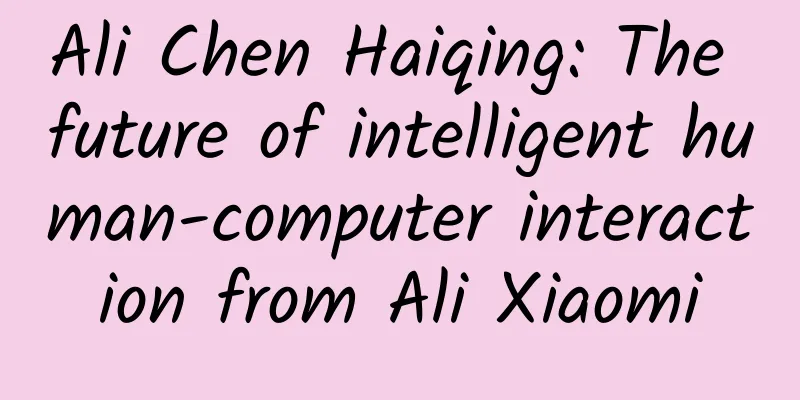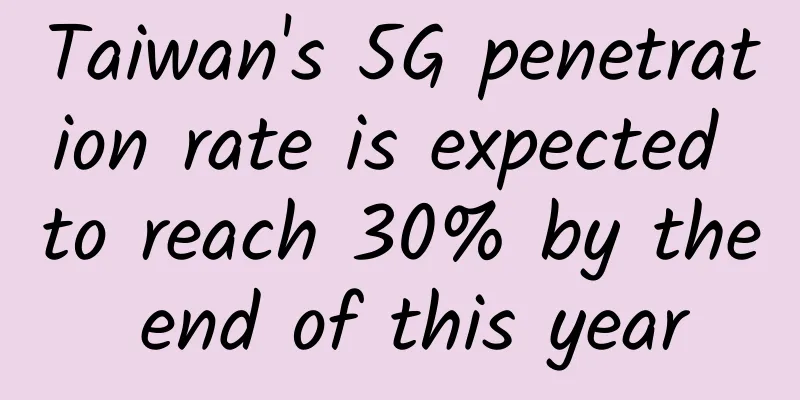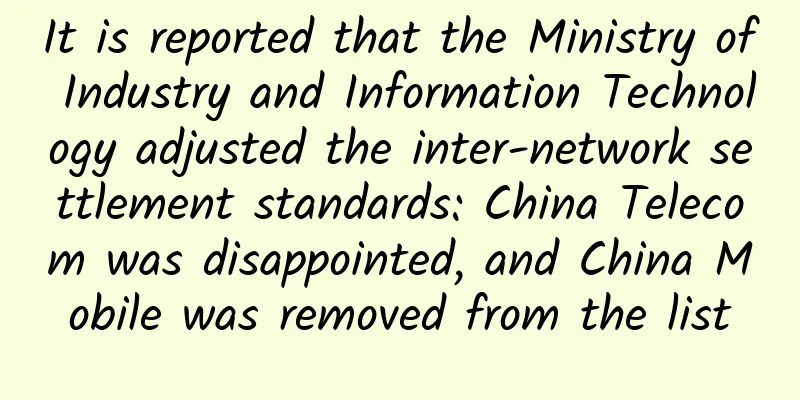Ali Chen Haiqing: The future of intelligent human-computer interaction from Ali Xiaomi

|
[Original article from 51CTO.com] On July 21 and 22, 2017, the WOT2017 Global Innovation Technology Summit with the theme of "Artificial Intelligence, More Than a Technological Revolution" will be held at the Beijing Renaissance Hotel. The summit will last for two days and more than 40 front-line experts in the field of artificial intelligence and technical experts from BAT and other companies will all appear to share in depth on cutting-edge technology topics such as machine learning, human-computer interaction, and technical practice.
Chen Haiqing, a senior technical expert at Alibaba Intelligent Innovation Center, will give a keynote speech on "Ali Xiaomi's Intelligent Human-Computer Interaction Practice in the E-commerce Field" at the conference. On the eve of the opening of the conference, 51CTO reporters interviewed him and asked him to reveal the wonderful content of his speech in advance and share some of his views on intelligent human-computer interaction. Students who are interested can go to the scene to listen to Chen Haiqing's speech! Xiaomi is small but powerful Chen Haiqing said that intelligent human-computer interaction can be seen in many fields nowadays, and Internet companies such as Google, Facebook, Microsoft, Amazon, and Apple have also launched their own intelligent personal assistants and robot platforms. With the further development of the market, chatbots are mainly divided into customer service, entertainment, assistant, education, service and other types according to the types of products and services. On July 24, 2015, Alibaba Group released an artificial intelligence shopping assistant virtual robot named "Ali Xiaomi", which is an intelligent human-computer interaction product launched by Alibaba with e-commerce services, shopping guides and task assistants as the core. Chen Haiqing told reporters that Ali Xiaomi played a very important role in the three major sectors of Alibaba's ecosystem, namely inter-enterprise transactions, personal retail shopping and personal life services. He took the Double 11 event in 2016 as an example. During the event, the overall intelligent service volume of Ali Xiaomi reached 6.43 million, of which the intelligent solution rate reached 95%, becoming the absolute main force of services during the Double 11 event. "Ali Xiaomi's current service scope is very wide. In addition to the consumer group, there are more than 100,000 authorized merchants. We are ready to allow a wider range of enterprises to try it out. Thousands of companies in China are already trying out Ali Xiaomi's services." Chen Haiqing emphasized that Alibaba hopes to let simple and repetitive problems be handled by human-computer interaction, freeing up a large amount of manpower to do more important things. Why is Xiaomi smarter? As we all know, the key to human-computer interaction lies in the degree of intelligence. So how can we make machines have the same understanding ability as humans and make question-and-answer products truly intelligent? This is exactly the question that the Alibaba technical team has been thinking about. Chen Haiqing revealed that Ali Xiaomi initially chose to start from customer service, and gradually covered all Alibaba business scenarios such as logistics and second-hand trading. From initially empowering Taobao merchants to now expanding to the enterprise application market, it has also made breakthroughs in the 2B field. Behind all these developments is the support of technologies such as machine learning, deep learning, and enhanced learning. In scenarios such as Ali Xiaomi in the e-commerce field, there are several types of robots connected, including customer service, assistant, and chat. These robots have different goals, so they cannot be solved with the same technical framework. Therefore, Ali first abstracts the architecture by field, layer, and scenario, and then uses different machine learning methods for technical design according to different layers and scenarios. He cited a scenario, for example, during every Double 11 event, a large number of users would consult about the event rules. In the past, Ali Xiaomi's knowledge operations staff had to study the event rules on Taobao and Tmall in advance and extract possible problems from a bunch of rule descriptions and event introduction texts. However, through the use of machine reading comprehension, the machine can directly read the rules and provide users with rule interpretation services, which is the most natural way of interaction. "Of course, there are still considerable challenges in applying machine reading comprehension technology to actual business scenarios. Alibaba has been actively exploring and practicing, such as the construction of Chinese data sets, business optimization of models, simplification of models, and integration of multiple models." Chen Haiqing said frankly. You can hear more about Alibaba's technical practices at the WOT site! How will intelligent human-computer interaction develop in the future? When the reporter asked about the future development trend of human-computer interaction, Chen Haiqing asked the reporter a question: When you hear the position of customer service, what is the first occupation label that comes to your mind? He told the reporter that when most people hear about customer service, the first reaction is to make a phone call or online customer service, and the second impression is that the technical content is low. "This will definitely change in the future." Chen Haiqing believes that customer service should be a combination of intelligence and human, allowing intelligence to solve repetitive and simple problems, and allowing humans to provide more advanced services to change the status quo of the industry. He summarized the trend into two points: first, intelligent human-computer interaction has become an entry-level product. He believes that in the future, many products will set human-computer interaction as an entry-level start-up mode; second, the positioning of human-computer interaction will change from customer service to assistant, taking on roles such as emotional chat, shopping guide, daily schedule arrangement, etc. Enterprise application scenarios are more abundant, for example, smart homes will also see active scenes of intelligent human-computer interaction. At the same time, Chen Haiqing also admitted that the current bottleneck in the development of human-computer interaction lies first in technology, which still needs time to mature and improve. Another obstacle is that people’s awareness of human-computer interaction is still low and they lack trust. Well! This is all I can reveal! If you want to know more about Chen Haiqing, please go to the WOT2017 Global Innovation Technology Summit! [51CTO original article, please indicate the original author and source as 51CTO.com when reprinting on partner sites] |
<<: What is the difference between artificial intelligence and machine learning?
>>: Six great ways to improve your web page loading time
Recommend
V5.NET: 20% off on all dedicated servers, Hong Kong E3 servers starting at 342 yuan per month
V5.NET has launched a regular promotion this mont...
LOCVPS Los Angeles CN2 line XEN architecture is online, Los Angeles/Osaka, Japan 30% off
The Spring Festival holiday is coming to an end. ...
F5 Future
[51CTO.com original article] Expert introduction:...
PoE Troubleshooting Guide: Common Problems and Solutions
Power over Ethernet (PoE) is a revolutionary tech...
What is blockchain and what impact does it have on data centers and cloud computing?
Today, more and more applications are causing the...
Understanding Cloud Networks in One Article
Enterprise digital transformation has promoted t...
These 8 IT infrastructure terms IT practitioners should know
IT infrastructure is changing rapidly. Specifical...
Application of IoT technology in the logistics industry under the background of 5G
The Internet of Things has the characteristics of...
In the post-epidemic era, what is the effect of 5G infrastructure investment?
[[378112]] Looking back at 2020, "5G" m...
Cool down the false millimeter wave! Adhere to the road of confidence and look at the millimeter wave rationally
Last year, a manufacturer raised a very interesti...
Why is Low Power WAN the First Choice for IoT Applications?
Enterprises looking to launch and expand IoT appl...
Wu Hequan, Academician of the Chinese Academy of Engineering: The communications industry needs to adjust its development strategy
August 30 news: The 9th "International Sympo...
Tencent Cloud 618 Procurement Season, 2C4G6M lightweight server starts at 128 yuan/year, 2C2G4M starts at 18 yuan for three months
We participated in the preheating and received co...
Wi-Fi Alliance wants to simplify the numbering and use numbers instead of "802.11ac"
If you've ever bought a Wi-Fi router, you pro...









